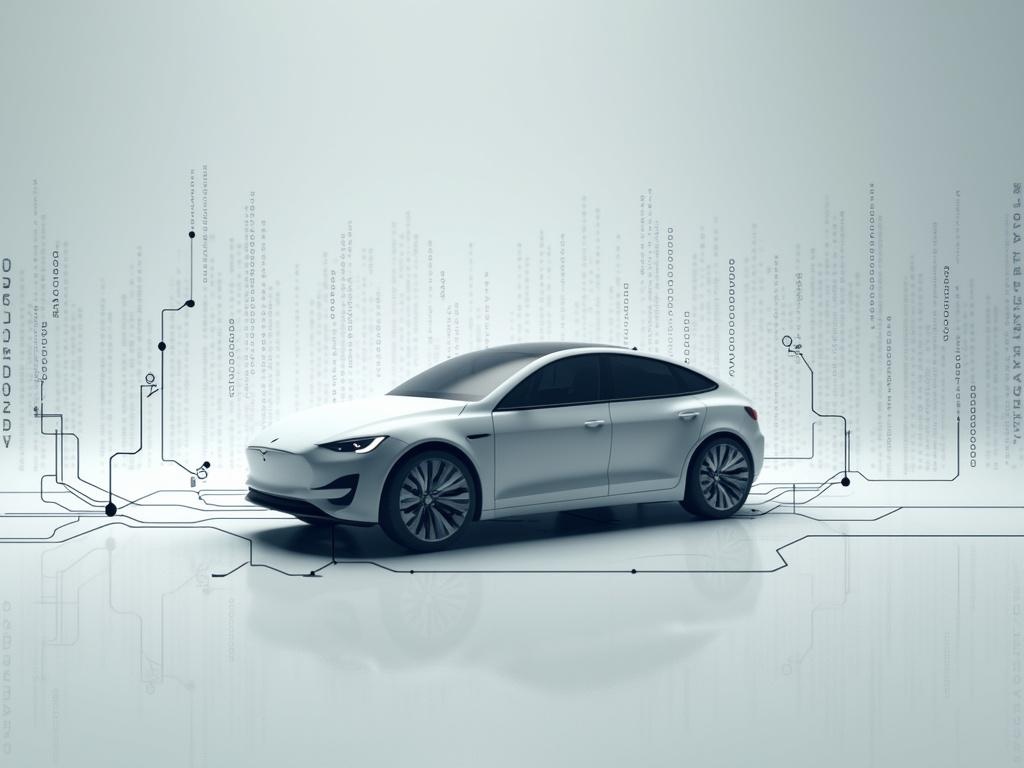Automotive Cybersecurity Threats: Navigating Risks in an Increasingly Connected Era

Automotive Cybersecurity Threats Surge as Vehicles Become More Connected
The automotive industry faces unprecedented cybersecurity challenges as modern vehicles transform into rolling data centers, with attacks increasing 125% over the past two years. Recent incidents demonstrate how hackers can now remotely control vehicles, potentially endangering lives and causing billions in damages. As organizations implement comprehensive cybersecurity measures for business protection, the automotive sector requires similar vigilance.
Growing Scale of Automotive Cyber Threats
In autumn 2024, a critical vulnerability in Kia's web portal enabled complete remote control of millions of vehicles using only license plate numbers. Similarly, a January 2025 Subaru Starlink exploit allowed attackers to unlock, track, and start vehicles through simple license plate lookups. These incidents highlight how single vulnerabilities can impact millions of connected vehicles simultaneously.
Financial losses from automotive cyber incidents reached $22.5 billion in 2024, with data leaks accounting for $20 billion and downtime causing $1.9 billion in damages. Ransomware has emerged as the dominant attack vector, representing 45% of incidents in Q1 2025. The implementation of zero trust security frameworks in automotive networks has become crucial for protecting against these threats.
Autonomous Vehicles Face Increasing Risks
The threat landscape continues to evolve as vehicle automation advances. With projections showing 367 million connected vehicles on roads by 2027, each software-defined vehicle presents multiple attack surfaces through sensors, controllers, and cloud connections. The integration of 5G and AI technologies in autonomous vehicles introduces both opportunities and security challenges.
Recent attacks demonstrate the physical dangers:
- Hackers manipulated robotaxis through V2X beacon exploitation, causing collisions and gridlock
- The "PerfektBlue" Bluetooth attack exposed 1.4 million Volkswagen and Škoda vehicles to location tracking and audio recording
- Researchers at Black Hat Asia 2025 showed how a single infotainment bug could turn a Nissan Leaf into a remote-controlled vehicle
Industry Response and Security Solutions
Automakers and regulators are implementing multiple defensive measures:
- UNECE Regulation 155 now requires manufacturers to maintain comprehensive cybersecurity management systems
- Companies are adopting quantum-ready encryption to protect against future cryptographic threats
- AI-driven intrusion detection systems can identify anomalies with 99% precision
- Industry collaboration through Auto-ISAC enables real-time threat intelligence sharing
According to the National Highway Traffic Safety Administration, protecting vehicle cybersecurity is a critical safety issue that requires ongoing vigilance and adaptation.
The future of automotive cybersecurity depends on implementing robust security measures at every level – from design to end-user awareness – while maintaining vigilance against evolving threats in our increasingly connected vehicles.

